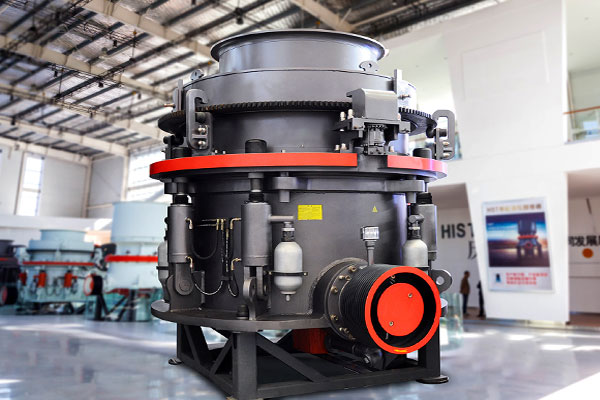Improving the capacity of a cone crusher requires a combination of optimizing its design, enhancing operational practices, and ensuring proper maintenance. The following strategies are key to increasing the throughput and efficiency of a cone crusher:
1. Proper Selection of Crusher Type and Size
Choosing the correct cone crusher for your specific application is the first step. Ensure that the crusher is well-suited for the type of material being processed and the required output capacity. For example, crushers with larger feed openings and more robust designs are typically better for handling high volumes of material. Furthermore, selecting a cone crusher with a larger cone diameter can help handle larger volumes of material and produce a more uniform product.

2. Optimizing Feed Material
The quality of the feed material directly influences crusher performance. Ensure the feed is consistent in size and evenly distributed into the crusher. Overly fine material entering the crusher can cause unnecessary wear, while too large material may overload the crusher. The optimal feed size is typically determined by the crusher’s gape, throw, and closed side setting (CSS).
Tips for optimizing feed material:
- Use a pre-screen or feeder to remove fines before they enter the cone crusher.
- Regulate the feed rate to maintain a steady flow.
- Remove oversized material or use a primary crusher before the cone.
3. Improving Crusher Speed
Increasing the speed of the cone crusher can improve the reduction ratio and throughput capacity. However, it’s essential to balance speed with power to avoid unnecessary wear and overheating. A higher speed allows for faster crushing, improving the efficiency and increasing production rates. Variable-speed drive systems or adjusting the crusher speed to match the operational needs can significantly improve throughput.
4. Efficient Feeding and Screening Systems
Installing high-efficiency feeding and screening systems can improve the overall capacity of a cone crusher. Vibrating feeders, properly sized for the feed material, ensure that a steady flow of material is directed to the crusher, reducing chances of blockages and overloading. Screening systems can also help to eliminate oversized or undersized material before it reaches the crusher, ensuring that only appropriately sized material is processed.
5. Regular Maintenance and Inspections
Regular maintenance is essential for maintaining the capacity and efficiency of a cone crusher. Create a proactive maintenance schedule that includes routine inspections, lubrication, and part replacements. Regularly check for wear on the liners, mantle, bowl, and other key components. Replace worn parts before they can cause further damage.
6.Automation and Control Systems
Incorporating automation and advanced control systems can help maximize cone crusher capacity. These systems can adjust settings based on real-time feedback, monitor crusher health, and optimize the entire crushing process. By analyzing the operational parameters automatically, these systems ensure that the cone crusher is always running at its optimal capacity.
By focusing on these key areas—crusher selection, feed material optimization, chamber design, operational settings, lubrication, and maintenance—you can significantly enhance the capacity of your cone crusher and achieve better performance and output.

